Cave Art, Shadow Play and Anthropology
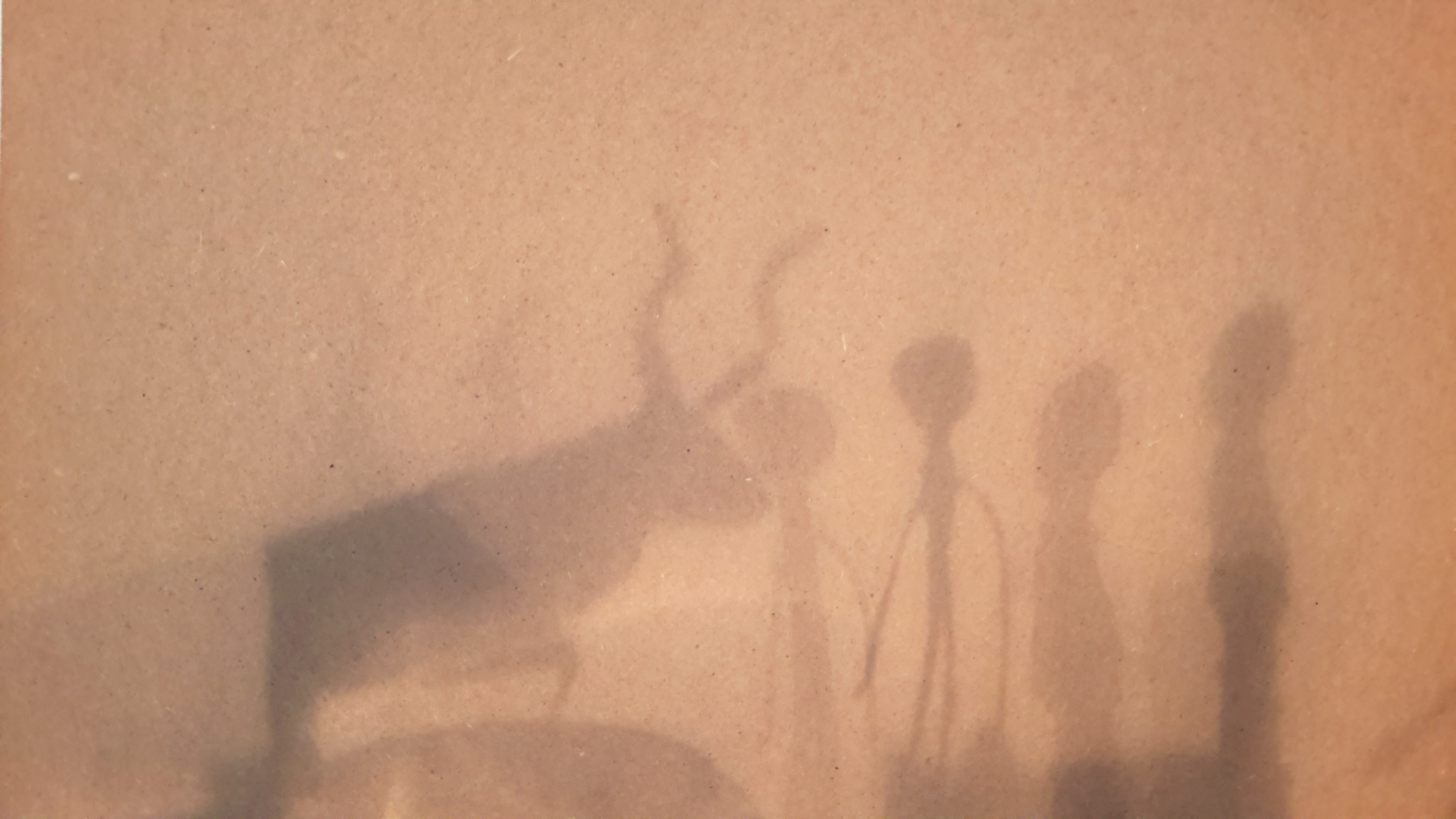
The blog below was written by one of our Anthropology students, Lucinda:
Hello! I’m Lucinda Walker, a second year Anthropology student.
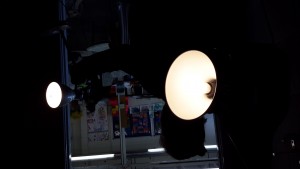
I will be writing about one of the most intellectually stimulating and hands-on Anthropology modules offered! Our lecturer, Luci Attala, is both supportive in our ideas providing us with the tools and skills to carry out our own independent research in forward thinking and out of the box ways.
‘Materialities in Anthropology’ is a research based module which is predominantly student led- my favourite part!- Anthropology still has your typical, structured lectures but this module is definitely not that! The module is embedded in theory but it also has a practical angle – which never disappoints! Part of the module is to explore the concept of ‘materiality’ and the different notions within. One of the most intriguing aspects of this course is that we are taught to identify, not just as students, but academic researchers exploring our own original ideas. Overall, this module is fantastic (!) because it allows us to explore and discover different themes, theories and debates that we are interested in.
It’s not all work and no play!
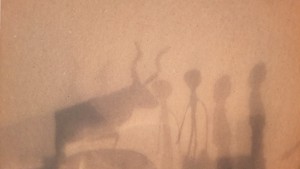
At the moment we are working on sensorial projects (sounds boring but I promise it isn’t!). Here we explore various materials by interacting with them in different ways to broaden our learning.
I am interested in light and for my project I have decided to experiment with shadows. -Let me give you some background first… I recently went to Zimbabwe; where I got the original inspiration for my project which is inspired by the cave art seen in the Domboshowa caves.
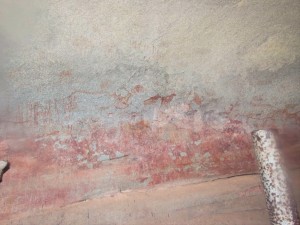
I am creating different sculptures out of what we consider to be ‘rubbish’, ‘waste’ and sticks. When you shine a light on them and project it onto a wall, it creates a stimulating shadow scene. I am exploring the relationship between the materials used in the sculpture and how they are ‘becoming’. I am looking at boundaries between the sculpture and the light, which creates the shadow, so far I have experimented by shining multiple lights on them and moving the light in certain ways, which is rather entertaining! However, there is also a lot of reading and theorists to study too, but this is fun as well! It enables us to learn about the boundaries of materials and what they can actually do. Often, rather annoyingly, they don’t do what you want them too – but that’s all part of it!
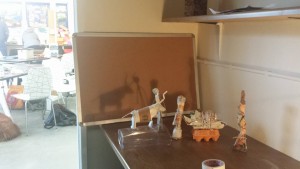
What makes Materialities in Anthropology so fantastic is the fact that we get to regularly debate our ideas (always fun to do!) which can lead to both inspiration and encourages you to follow new paths you may not have considered. The module really enables you to develop new skills by growing as an individual and as an Anthropologist.
Thanks for reading!
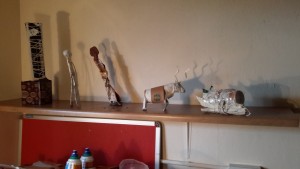
Leave a Reply